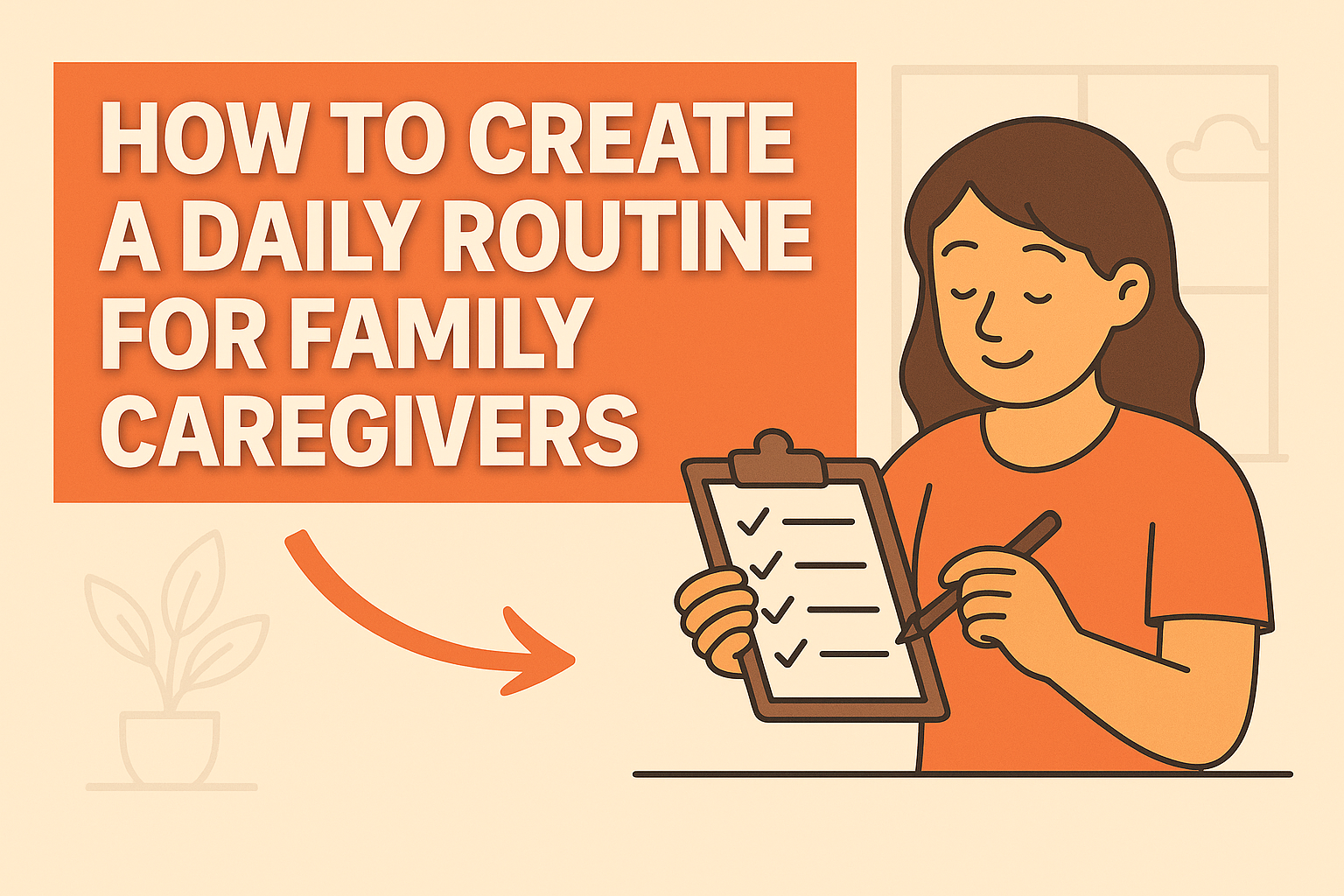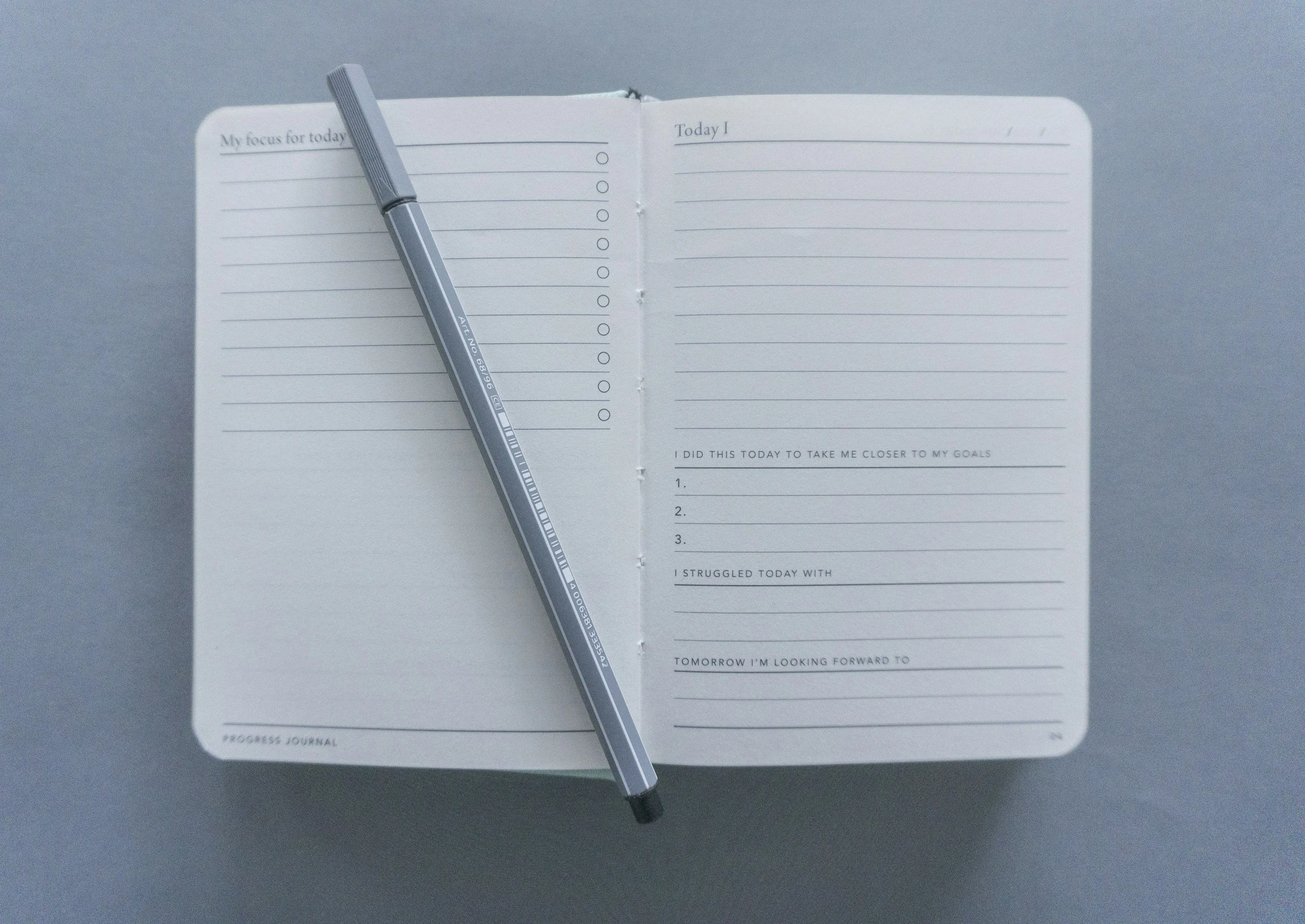How to Create a Daily Routine for Family Caregivers: A Step-by-Step Guide to Balanced Care and Well-being
Establishing a daily routine that accommodates essential care tasks while preserving caregiver well-being is vital for sustainable, high-quality support. By mapping out Activities of Daily Living (ADLs) and Instrumental ADLs (IADLs), structuring focused time blocks, and integrating self-care, family caregivers can reduce stress and enhance consistency. This guide covers:
Assessing your loved one’s needs
Designing a practical schedule
Mastering time management
Prioritizing self‐care
Leveraging paid caregiving programs
Continuously refining your routine
Through clear steps and sample templates, you’ll learn how Paid.care’s financial and training support aligns with each phase, enabling you to care more confidently and sustainably.
What Are the Essential Needs of Your Loved One to Consider When Creating a Daily Routine?
Understanding your loved one’s physical, cognitive, and social requirements lays the foundation for a meaningful routine. Effective routines reduce confusion, promote independence, and ensure patient safety.
How Do You Assess Activities of Daily Living (ADLs) and Instrumental ADLs (IADLs)?
Assessing ADLs defines core support areas—bathing, dressing, eating—while IADLs cover more complex tasks like medication management, meal preparation, and transportation. A thorough ADL/IADL inventory prevents missed care moments and informs time allocation.
Activities of Daily Living (ADLs) and Instrumental Activities of Daily Living (IADLs)
ADLs are essential self-care tasks, while IADLs involve more complex activities that support independent living. Difficulties with ADLs and IADLs often indicate the level of care a person needs.
Evaluate mobility: assistive devices, transfer support, gait monitoring
Track medication: set reminder times, log dosages, confirm adherence
Measure self‐care: grooming assistance, toileting schedule, incontinence care
Accurate assessment of daily living tasks allows you to tailor time blocks precisely to your loved one’s abilities and preferences, linking directly to seamless schedule design.
How Can You Tailor Daily Routines for Specific Conditions Like Dementia or Mobility Challenges?
Personalized care plans for dementia rely on consistent timing, visual cues, and memory aids to reduce agitation. For mobility-impaired seniors, routines emphasize safe transfer protocols and scheduled exercises.
Use pictorial schedules for dementia to anchor each activity
Incorporate seated or assisted exercises for limited mobility
Create environmental prompts: labeled drawers, color-coded calendars
These targeted adaptations foster autonomy and reduce reliance on constant redirection, naturally segueing into collaborative planning with your loved one.
Why Is Involving Your Loved One Important in Planning Their Daily Routine?
Involvement enhances empowerment and compliance. Shared decision-making respects preferences—timing of meals, choice of activities, social interactions—which elevates engagement and emotional well‐being.
Host a weekly routine review meeting to gather feedback
Offer activity choices: light gardening vs. seated crafts
Adjust time blocks based on mood and energy levels
Incorporating their voice builds trust and smooth transition into creating a balanced schedule that serves both caregiver and care recipient.
How Do You Design a Practical and Balanced Daily Schedule for Family Caregivers?
Designing your schedule means allocating defined time blocks for essential tasks, personal needs, and unexpected events. Structured flexibility prevents overload and supports emotional resilience.
How Do You Incorporate Essential Care Tasks Like Medication and Meal Preparation?
Set automated medication alerts five minutes before each dose.
Batch-prep meals on weekends and store portions in labeled containers.
Use visual checklists for hydration, pill organization, and special dietary needs.
Embedding these steps reduces errors and streamlines daily flow, creating natural links to household and appointment scheduling.
How Can Household Chores and Medical Appointments Be Integrated Seamlessly?
Cluster errands geographically: pharmacy, grocery, bank in one outing.
Schedule medical appointments during mid-morning energy peaks.
Reserve one hour daily for miscellaneous tasks and unexpected needs.
Combining proactive time blocks with buffer intervals achieves a balanced day that adapts to emergent priorities.
What Time Management Strategies Help Family Caregivers Stay Organized and Efficient?
Effective time management for caregivers hinges on clear priorities, delegation, and smart technology. By focusing on high-impact tasks and leveraging digital tools, you reclaim hours and reduce cognitive load.
How Can Prioritization Techniques Like the Eisenhower Matrix Improve Caregiving?
Urgent & Important: medication doses, emergency transfers
Important & Not Urgent: schedule review, training modules
Urgent & Not Important: sudden errands, phone calls (delegate)
Not Urgent & Not Important: low-value tasks (eliminate)
Applying this framework ensures you tackle life-sustaining care first and delegate non-core tasks to support networks.
When and How Should You Delegate Tasks or Ask for Help?
Create a shared task roster with family members.
Engage volunteer networks for companionship visits.
Schedule periodic respite care blocks for uninterrupted breaks.
By trusting others with defined responsibilities, you sustain your routine and mitigate burnout risks.
Why Is Self-Care Crucial for Family Caregivers and How Can It Be Integrated Daily?
Self-care is an indispensable component of caregiver sustainability. Without intentional breaks and stress reduction techniques, physical and emotional exhaustion undermine care quality.
What Are the Signs of Caregiver Burnout and Its Impact on Health?
Persistent exhaustion and low motivation
Frequent headaches, muscle tension, or digestive issues
Emotional detachment or increased impatience
Neglect of personal health appointments
Early recognition enables timely self-care interventions that restore resilience and maintain routine consistency.
How Can You Incorporate Self-Care Practices Into Your Daily Routine?
Practice five minutes of guided breathing after each care cycle.
Take a 10-minute walk or stretch during midday breaks.
Sip herbal tea or healthy snacks during chore buffer times.
Reserve 15 minutes each evening for journaling or meditation.
These micro-breaks accumulate into meaningful renewal, directly supporting stable caregiving rhythms.
How Do Support Systems Like Groups and Counseling Help Caregivers?
Join online or local caregiver communities for shared experiences
Schedule monthly counseling sessions to process stress
Participate in workshops on resilience and coping skills
Community engagement fosters trust and relevance, reinforcing your commitment to sustained self-care and routine adherence.
How Does Getting Paid for Caregiving Support a Sustainable Daily Routine?
Financial stability through paid caregiving alleviates economic stress, enabling caregivers to focus on quality support rather than out-of-pocket expenses. Stable income creates predictable time blocks and reduces emergency workload.
How Does Financial Stability Improve Caregiver Well-being and Routine Consistency?
Budget for meal delivery or housekeeping support
Schedule paid days off for rest without income loss
Access financial coaching to manage caregiving expenses
Economic security directly enhances emotional resilience and preserves structured routines.
How Does the Paid.care Application Process Work and What Support Is Offered?
Personalized eligibility screening for Medicaid and VA benefits
Professional training modules and certification assistance
Weekly wage disbursement and sign-on bonuses
Ongoing financial coaching and expert chat via the Paid.care App
Partnering with Paid.care ensures you receive structured support that aligns with your daily routine goals and care standards.
What Are Practical Tips to Prevent Burnout While Managing Your Caregiving Routine?
Preventing burnout combines early detection, stress reduction techniques, and scheduled respite. Proactive strategies sustain energy and compassion.
How Can You Recognize Early Warning Signs of Burnout?
Note declining sleep quality or insomnia patterns
Watch for unexplained aches and prolonged muscle tension
Observe decreased interest in previously enjoyable activities
Timely adjustments to your routine—adding extra rest or delegating tasks—counteract these warning signs.
What Stress Reduction Techniques Are Effective for Family Caregivers?
Practice progressive muscle relaxation or mindfulness meditation
Engage in brief creative activities: drawing, journaling, music
Use aromatherapy diffusers during breaks to lower tension
Adopting these techniques enhances emotional well-being and primes you for continued attentive care.
How Can Respite Care and Breaks Be Scheduled Into Your Routine?
Schedule a four-hour respite each week with certified providers.
Arrange peer support swaps for half-day coverage.
Book a monthly full-day respite retreat to recharge deeply.
Regular respite intervals reinforce routine reliability and preserve long-term capacity.
How Can You Continuously Improve and Adapt Your Daily Routine as a Family Caregiver?
A sustainable routine evolves with changing needs, health status, and personal capacity. Ongoing assessment and feedback loops maintain relevance and efficiency.
When Should You Reassess Your Loved One’s Needs and Adjust the Routine?
Conduct a checklist review of ADLs and IADLs
Note any new health advisories or therapy goals
Update time blocks to reflect altered energy patterns
Regular reassessment ensures that your routine remains aligned with real-time care dynamics.
How Can Feedback From Care Recipients and Support Networks Enhance Your Schedule?
Host brief feedback sessions after key activities
Use digital polls in shared calendar tools for preferences
Review caregiver support group tips for fresh insights
Incorporating collective perspectives fosters collaborative resilience and refines schedule effectiveness.
What Tools Help Track and Optimize Your Daily Caregiving Activities?
Use time-tracking apps to log care tasks and measure durations
Analyze weekly summaries to redistribute overloaded time blocks
Employ habit trackers to reinforce self-care practices
Data-driven insights guide continuous routine refinement and reinforce a cycle of balanced care.
Creating and maintaining a daily routine that balances essential caregiving tasks with intentional self-care and financial support establishes a foundation of trust, authority, and sustainability. By leveraging structured assessments, practical scheduling templates, time management frameworks, and Paid.care’s comprehensive services, family caregivers can enjoy predictable rhythms, reduced stress, and enhanced well-being. Ready to build your customized routine and secure paid support for your dedication? Apply with Paid.care today.
FAQs
-
A daily routine helps caregivers stay organized and reduce stress. It provides structure for both the caregiver and the person receiving care, making tasks like medication management, meals, and activities of daily living easier to manage. A routine also ensures that important responsibilities are not overlooked.
-
A caregiver routine should cover essentials such as meal preparation, medication schedules, hygiene support, and rest periods. It should also include time for exercise, social interaction, and household tasks like laundry or housekeeping. Building in short breaks and moments for self-care is equally important to prevent burnout.
-
Balancing personal needs requires setting boundaries and scheduling time for yourself. Family caregivers should include periods for rest, hobbies, and health appointments within their daily plan. Using respite care, community programs, or help from other family members can make it easier to manage stress while still providing quality care.
-
Caregivers can use calendars, mobile apps, and simple checklists to stay on track. Many caregivers rely on alarms for medication reminders and planners for scheduling doctor visits or household tasks. Support organizations and caregiver groups also provide templates and guides that make routine planning more effective.




